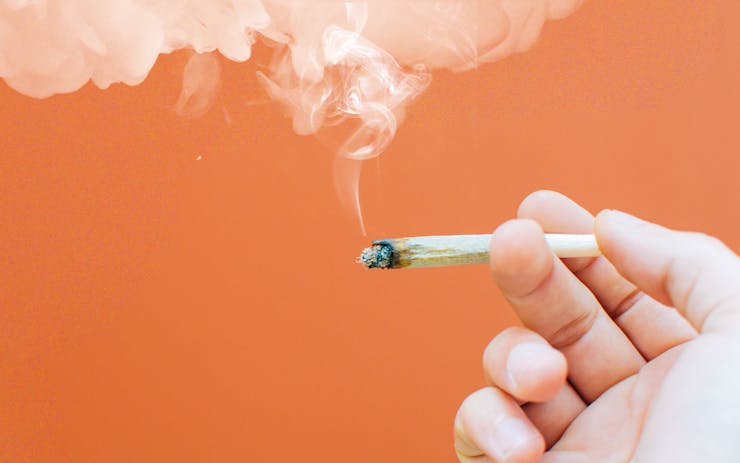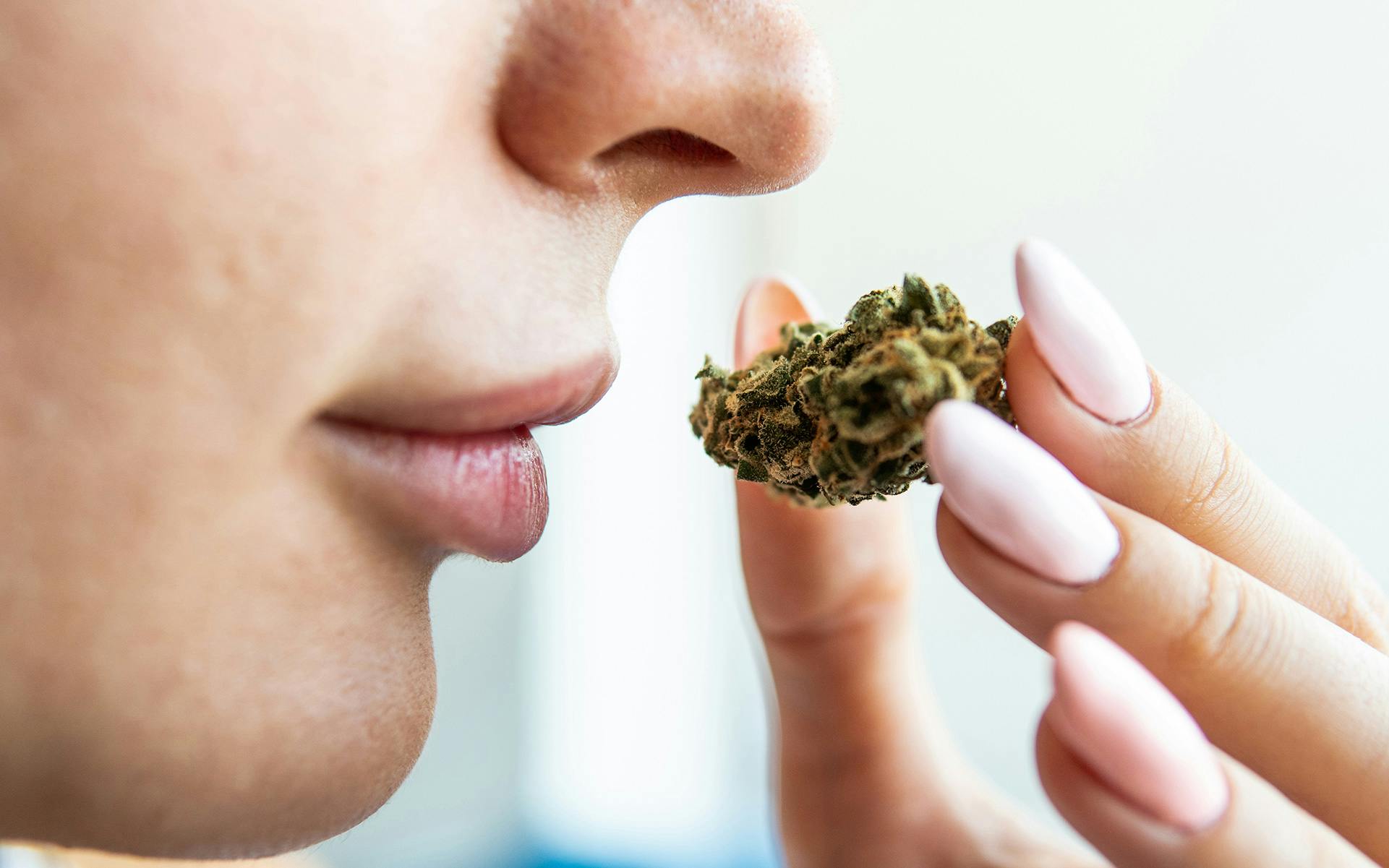The Juul frenzy—apart from the delivery of a jaw-jittering amount of nicotine—has another, less defined advantage. It smells nice.
Smokers and non-smokers alike can agree that the smell of cigarettes plagues us all. Combustion of any item, whether firewood, a cigarette, or cannabis, carries with it a distinguishing smell.
Join the Leafly Canada CommunityThe cologne of l’eau-de-la forêt has the ability to cling to clothing even after multiple washes; days later, we reminisce of the burnt marshmallows, crickets, and flickering bonfires when we smell our favourite sweater.
The smell of cigarettes slickly torment a few smokers. Their smell, when accumulated, leaves a mark that seems to jump smartly corner to corner once it feels the threat of Febreze.
How Does the Scent of Cannabis Differ From Tobacco?
The smell of cannabis, sometimes akin to a skunk, so permeates a space to leave the consumer with the impression that it’s moved in with its feet already on the coffee table. And yet, miraculously, an open window can gallantly shoo the smell while a hot running shower can, with its vapour, not only shroud it altogether, but make as if it never was.
Smell is fickle. A slight change of chemistry can produce not only an unrecognizable smell but also determine how sticky that smell will be. In chemistry, things that are alike stick together: the more concentrated the packs the higher the likelihood that they can linger.
Judging by first impressions, the layman would assume cannabis would outdo tobacco in the race to smell. Innocently stationary, cannabis turns heads as its potent smell envelopes a space. Tobacco does not.
The smell arises from the vaporization of terpenes from the cannabis plant: terpenes are volatile hydrocarbons.
Smoked cannabis and tobacco do not differ immensely from the compounds they emit when combusted, despite some folklore. Agreeably, organically grown cannabis does not contain some of the more frightening additives of cigarettes. For example, acrolein (or tear gas), is found in cigarettes to increase the availability of nicotine.
Formaldehyde and nitrosamines are two compounds that are present in high amounts in cigarette smoke, not cannabis. Have you ever smelled formaldehyde? Indeed, a flashbulb memory of a suffocating odour would certainly come to mind. Nitrosamines are some of the stinkiest compounds known to human noses: rotten eggs, fish, and cooked bacon (the burnt part!).
Strong Scent. No Staying Power
We’ve solved the mystery of why cannabis smoke seems to smell ‘better’ than cigarette smoke but the elephant hasn’t left the room: why can it escape?
From a chemistry perspective, there’s a big catch when it comes to cannabis. The mainstream smoke of cannabis, defined as the smoke when inhaled, is 20x higher in ammonia than cigarette smoke. Ammonia is highly polar. Water, present in air and in showers, is also highly polar. Thus, cannabis smoke is much more likely to cling to particles in the air and be carried away than sink its buttocks into your unmoving couch.
Cannabis smoke is the Dumbo of smell: seemingly heavy footed yet with a gust it’s gone. Its disappearing act lies in the chemistry of its smoke. Lots of ammonia and a lack of acrolein, formaldehyde, and nitrosamines concocts a cloud that has enchanted squalls of chemists and cannabis consumers alike.






